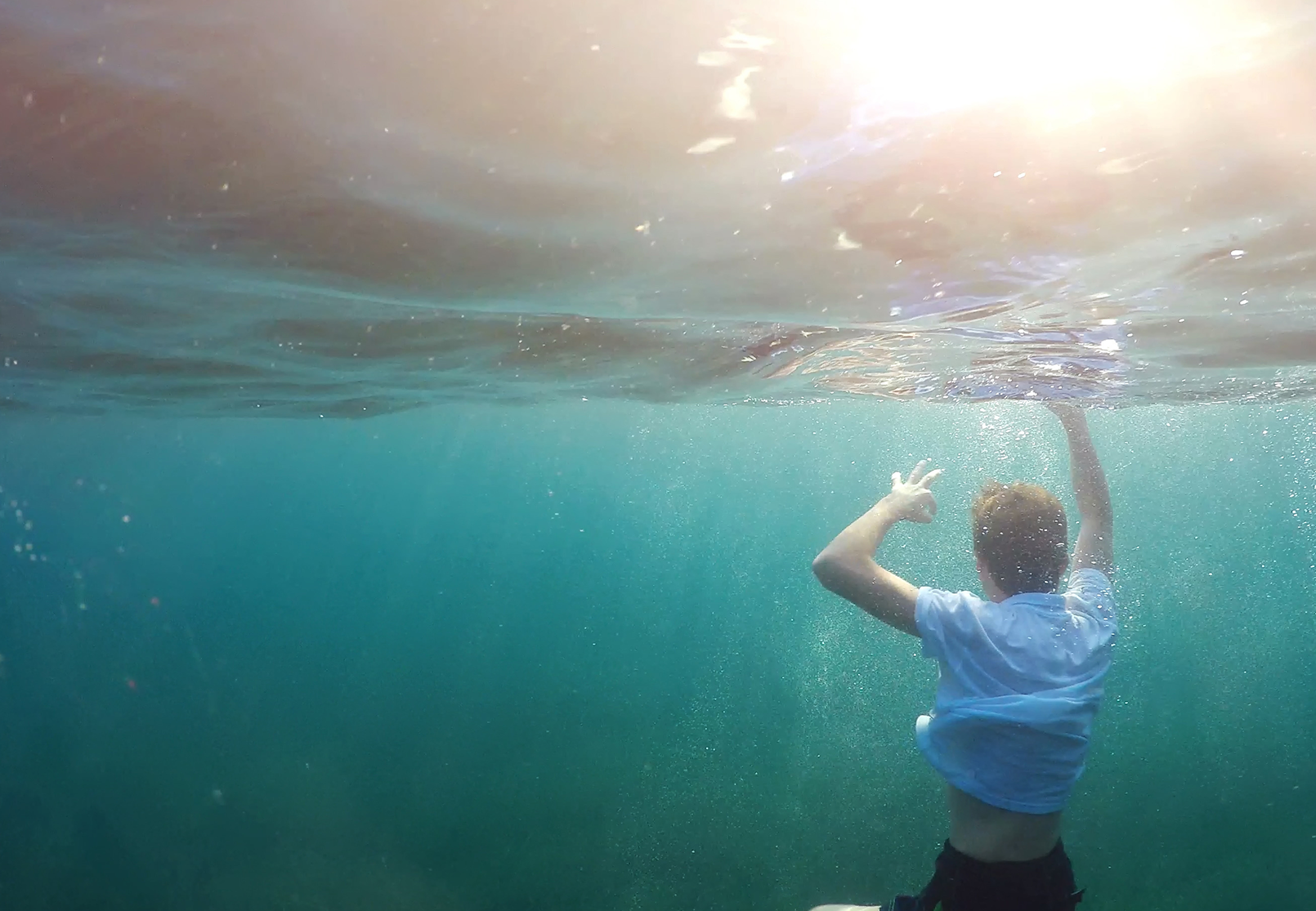- Locks and weirs on rivers can be high risk areas for swimmers
- Cold water shock still a danger in summer
- Parents advised to educate children and always pay attention to warning signage
The summer holidays are fast approaching and after the hottest June on record, many school and college pupils will be looking forward to long, sun-filled days. Some might feel that the best way to cool off is to get together and take a plunge in rivers. However, this can be unsafe and, in the past, has even led to tragedy.
Waterways contain hazards, particularly in and around structures, such as bridges, locks, weirs and flood channels. Weirs in particular have circular currents that can drag people underwater and prevent escape. The heavy rain and thunderstorms we have experienced can also increase flows, with cold water and strong currents likely to catch bathers in open water off guard.
To highlight some potentially lifesaving advice, Hereford and Worcester Fire and Rescue Service (HWFRS) and the Environment Agency have teamed up to share water safety messages with river users.
Ed Lavis, Assets and Navigation Manager for the Environment Agency, said:
“We’ve had some great weather in June, but whenever the sun comes out and temperatures warm up, some young people can be found to be taking careless risks. Lock sites and weirs can be especially dangerous with young people jumping in from steep-sided walls into what might be quite shallow water. Even if the water is deeper, it’s often hard to tell what hazards lie on the riverbed. The message is simple – stay clear of the water near locks and weirs, and always pay attention to warning signage – it’s there to keep you safe.”
Emma Roberts, Head of Prevention for HWFRS, said:
“Drowning is preventable and one drowning is one too many. We are urging people to take care around our waterways this year, particularly now as the warmer weather is upon us and with World Drowning Prevention Day on July 25 soon to be with us. HWFRS Prevention teams are working closely with the Environment Agency, our emergency service partners and local authorities across the area to ensure water safety messaging reaches schools, leisure centres and members of our communities.
“Cold water is a hazard that can have serious consequences and can endanger even the strongest swimmers. Even on a warm day the temperature in open water can remain very cold, causing cold water shock. If you find yourself in trouble, try not to panic and ‘Float To Live’. If you do see someone in difficulty remember Call, Tell and Throw – Call 999, tell the person to float on their back and throw something to them to help them float.”
Ed Lavis continued:
“We want everyone to enjoy the river and all that is going on around it, but we’re asking people to have some common sense as well. This year we particularly want to get the message out to parents and ask them if they know where their children are going on a hot summer afternoon. Do they think they might be using the river? If so, we would encourage parents, carers and guardians to share our water safety advice with their children.”
Key safety points
- If you find yourself in trouble, try not to panic and remember ‘Float To Live’.
- Lean back in the water and spread your arms and legs to stay afloat and control your breathing. It can take up to 90 seconds for the effects of cold water shock to pass.
- When you have done so, call out for help or try and swim to safety.
- It’s important people call for help rather than entering the water to attempt a rescue as this can often result in emergency services needing to find and rescue more people from the water.
- If you see someone else in trouble in the water, call 999 or 112. If you are at the coast, ask for the coastguard – if you are inland, ask for the fire service.
